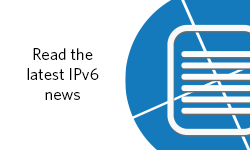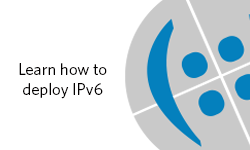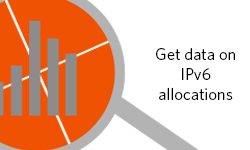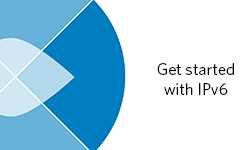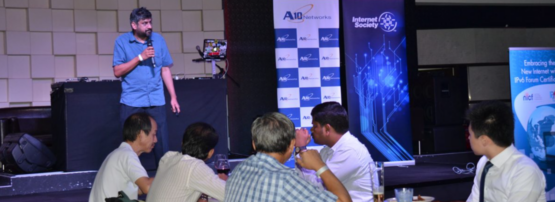
During the Internet Society Singapore Chapter’s IPv6 Launch Anniversary in 2013, then Vice-Chairman of the Singapore IPv6 Forum Sanjeev Gupta notably remarked that “The future is IPv6” and “… as migrants to that future, we might as well get ahead of the curve and integrate.” At the time, only marginal gains were being made. So, how is Singapore’s IPv6 capability nearly a decade later?
Earlier this year, I wrote a ‘five years after’ review of IPv6 in the Asia Pacific region, and the world, which noted in passing a marked rise in IPv6 in the Singapore Internet economy. To give this more focus, here’s the current state of APNIC Labs’ measurement of IPv6 in Singapore, as a 90-day moving average:
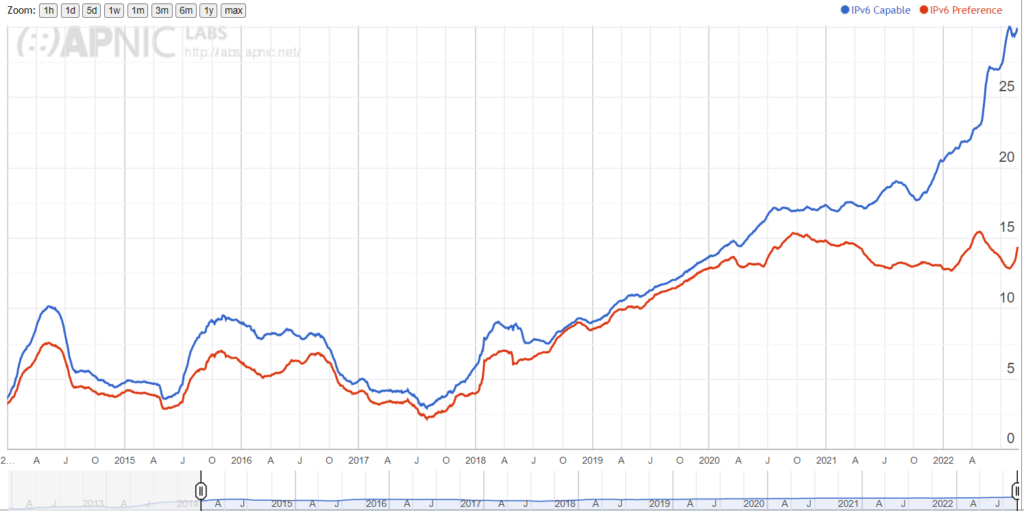
In Figure 1, the blue line shows ‘IPv6 capable’, which simply means the ability to use IPv6 if there is no alternative, while red shows ‘IPv6 preference’, which shows what’s used in practice where there is dual-stack available. Figure 1 shows a marked increase in IPv6 capability from under 20% at the beginning of 2022, to nearly 30% in August 2022. This is a nearly 50% rise in six months.
At the same time, however, the IPv6 preference line has remained broadly flat across the period. Singapore has seen a rise in IPv6 capability, but no real change in use.
It turns out the story is a bit more complicated than it looks.
The rise of Singapore-hosted services
Figure 2 shows the top origin- Autonomous Systems (ASes) that APNIC Labs believe reside in Singapore’s Internet economy.
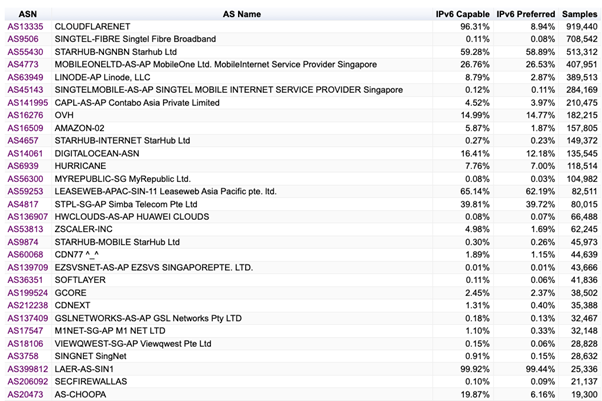
Upon close inspection, something out of the ordinary is going on in this list. It’s the presence of the following ten or so Autonomous System Numbers (ASNs): Cloudflarenet (AS13335), Linode-AP (AS63949), OVH (AS16276), Amazon (AS16509), Digitalocean (AS14061), Hurricane (AS6939), Leaseweb (AS59253) CDN77 (AS60068), Softlayer (AS36351), and CDNEXT (AS212238).
Combined, these ASNs account for 34% of the data in the totals shown in Figure 2. If these 10 ASNs weren’t considered, Singapore’s IPv6 compatibility would be just 17%. As shown in Figure 3, without these 10 ASNs, the total sample size drops to 3.2M instead of just under 5M, and the total IPv6 capability drops significantly. In fact, the capability figure drops much closer to the red preference line in Figure 1.
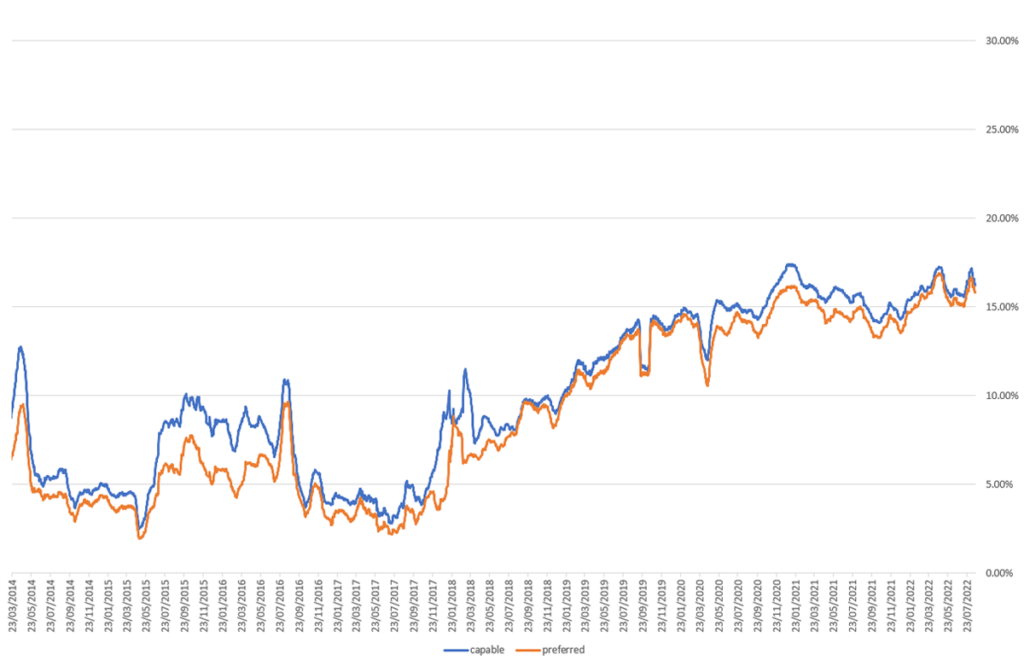
Figure 3 shows a different picture of IPv6 usage in Singapore without the 10 ASNs shown in Figures 1 and 2. This suggests something is going on. What can it be?
The answer is intermediaries, content delivery, and VPN services
These ASNs are not normal end-user servicing Internet Service Providers (ISPs). They are data centre-based Content Distribution Networks (CDNs) and in many cases Virtual Private Network (VPN) providers, at scale.
Cloudflare (along with Akamai and others) is now providing the iCloud Private Relay service for users worldwide, and this includes a significant proportion of the Asia Pacific footprint using the Singapore Cloudflare node as their exit router. And as a good provider, Cloudflare is dual-stack everywhere, so no matter what the local IPv6 capability is for the node in question, if Apple’s private relay is turned on, Cloudflare will present that user as dual-stack.
Linode is a general hosting company that is entirely dual-stack (APNIC Labs hosts on Linode for experimental service delivery, for example) and OVH, Amazon, Digitalocean, Hurricane, Leaseweb, CDN77, Softlayer, and CDNext are all also in the space of being either content, cloud service, VPN, or similar service delivery. This is noteworthy because they aren’t a good indication of actual edge customer IPv6 use in Singapore’s Internet economy. This isn’t a ‘good’ or a ‘bad’ thing, it’s just the emerging reality of service delivery in our region.
As long as we use geolocation services that present the apparent (VPN exit) IP addresses to us from a Singapore routed endpoint, and until we’re in a position to decide how to account for probable VPN service delivery (which is subjective, and not subject to a standard process), the IPv6 measurements are going to show higher levels of usage from IP addresses in a given location, and very often with higher IPv6 capability than the local market actually has.
In Singapore’s case, Cloudflare accounts for more samples than the probable market-leading ISP, which is Singtel. Singtel has low levels of IPv6 service capability in its high-speed broadband product. MobileOne and Starhub, in third and fourth position, both have significantly more IPv6 capability by sample count, before Singtel Mobile below. Assuming random sample placement, and discounting the VPN endpoints, the top 10 ISPs in Singapore have only three ASNs, which seem to have significant market share and active deployment of IPv6.
It turns out that Sanjeev Gupta’s call to action is just as relevant now as it was nearly a decade ago. For Singapore, the region, and the rest of the world, the future is still IPv6.
Begin, or continue, your IPv6 journey here:
The views expressed by the authors of this blog are their own and do not necessarily reflect the views of APNIC. Please note a Code of Conduct applies to this blog.

